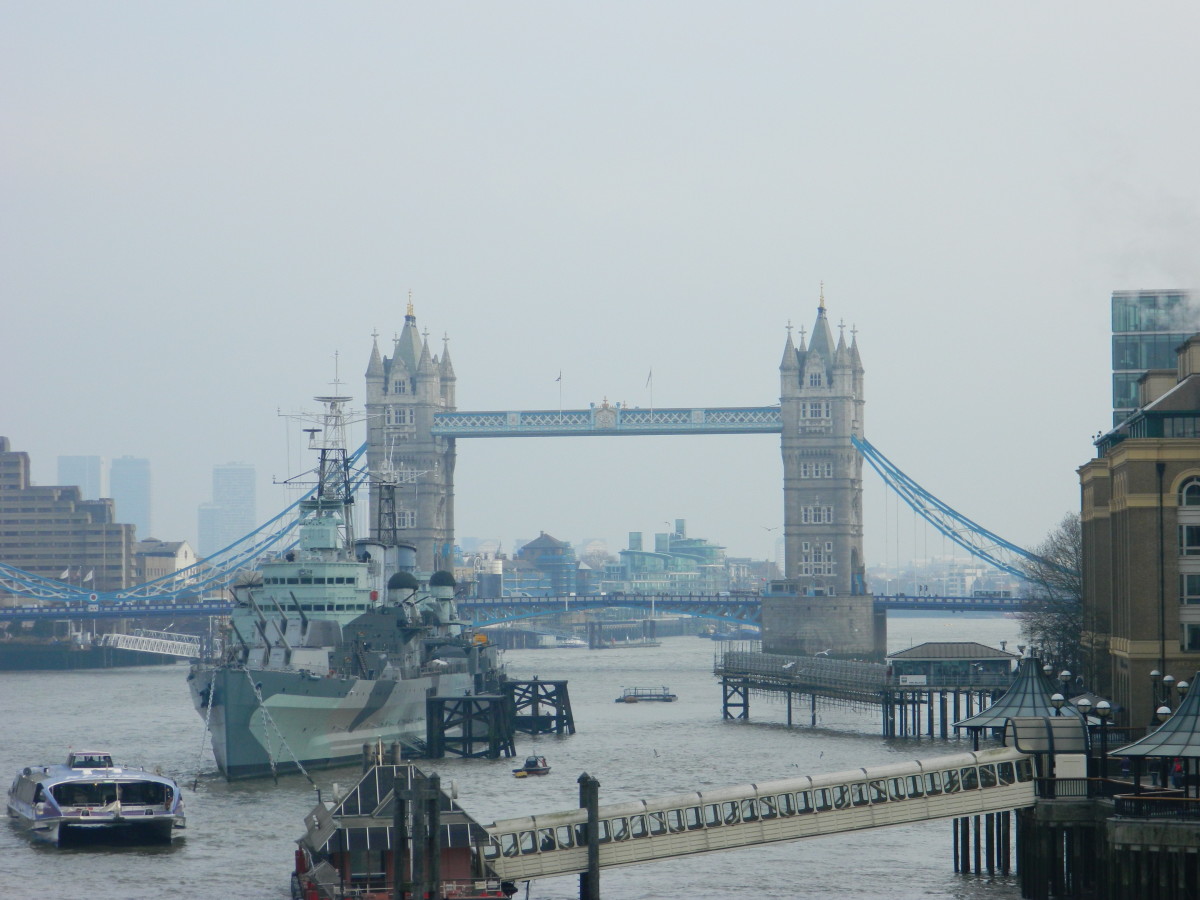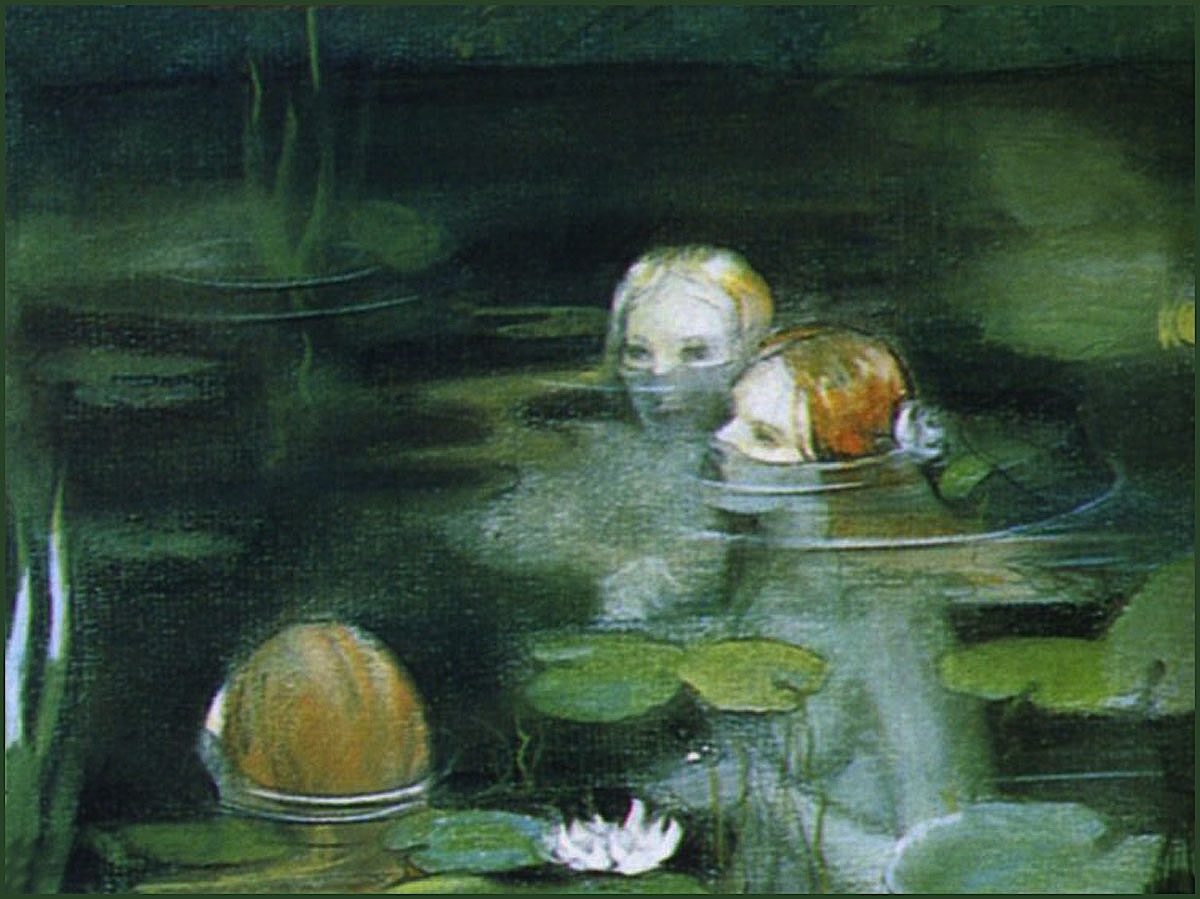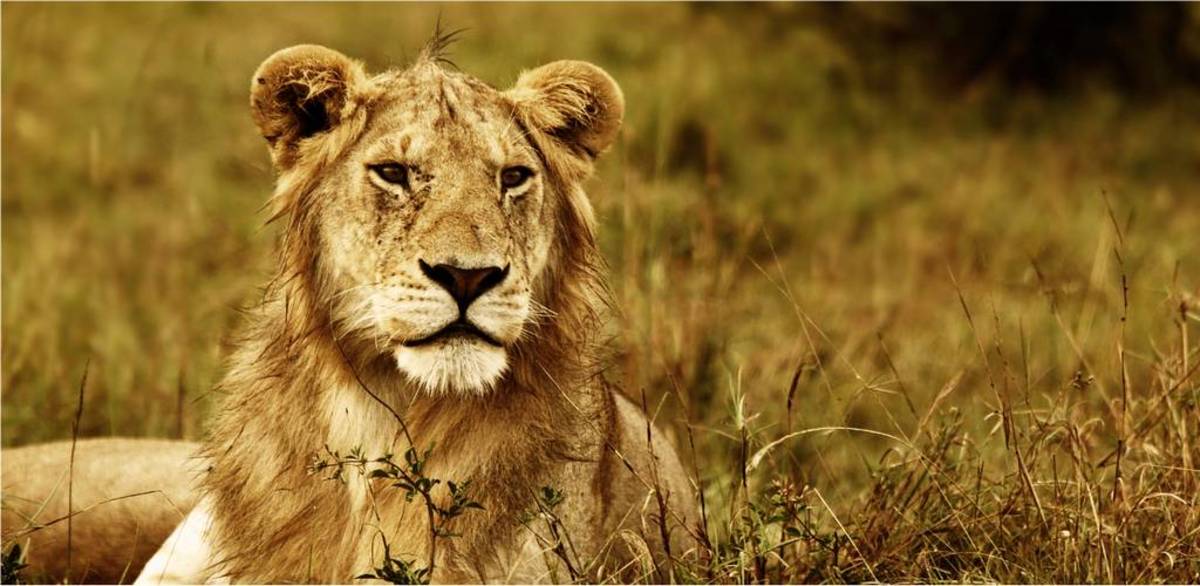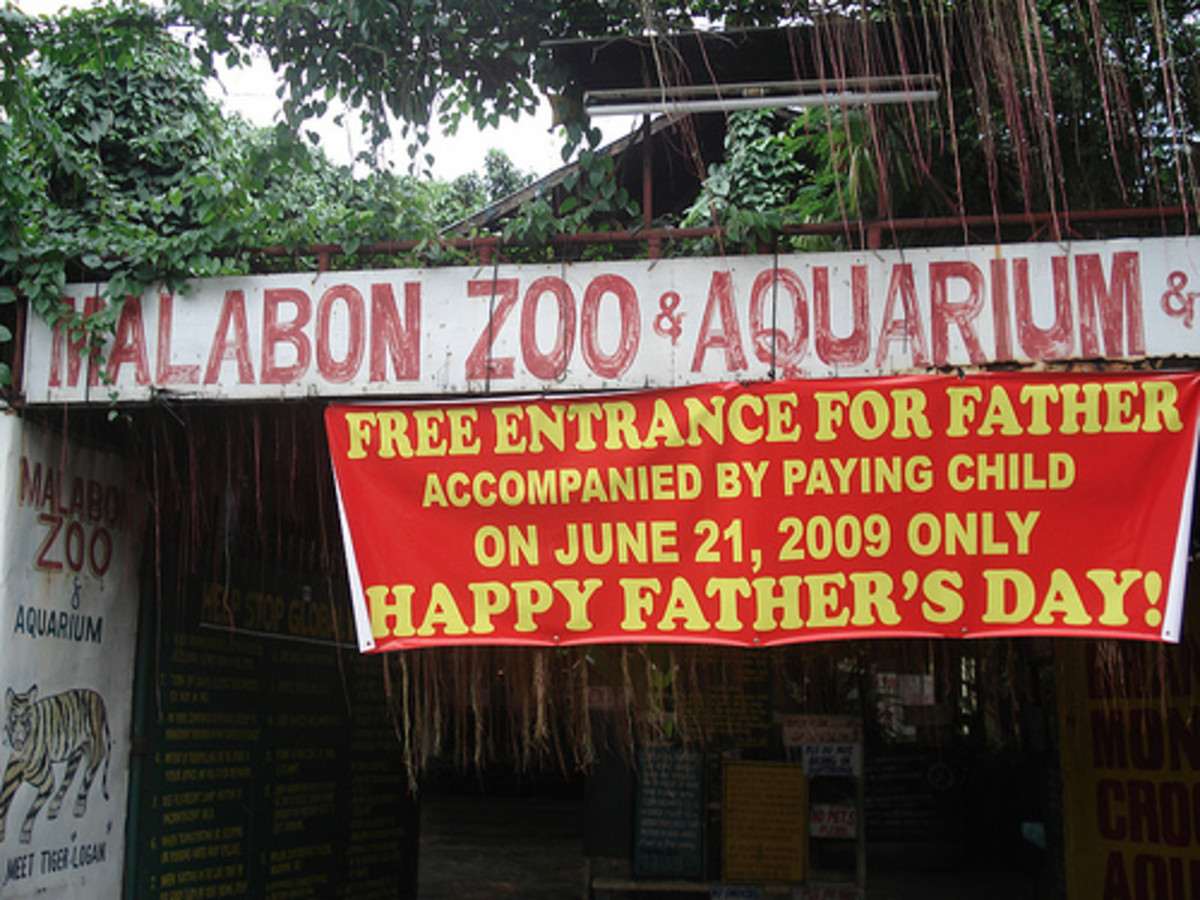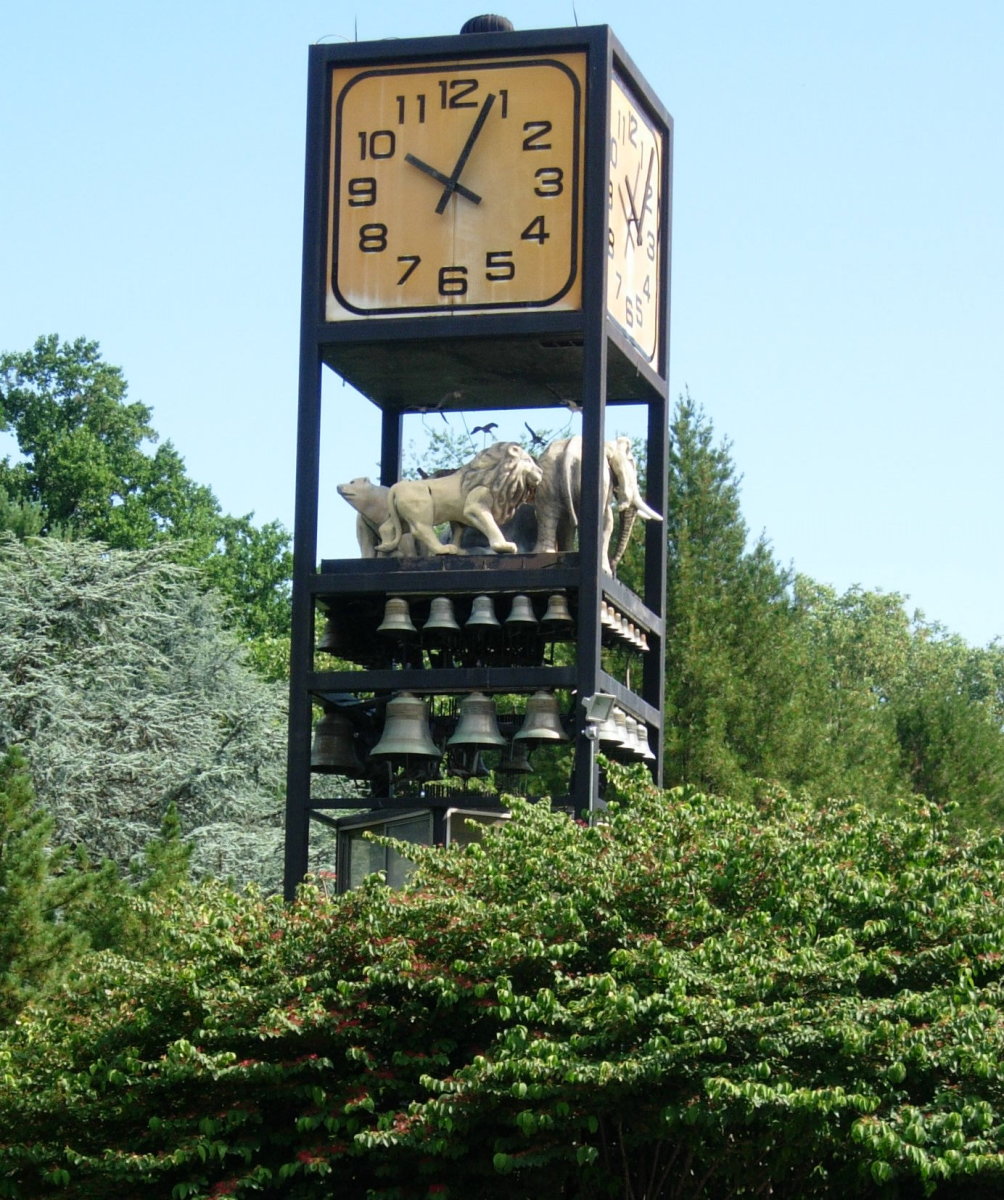Journeying through the River Safari, the latest addition to the Singapore Zoological Gardens
By Michelle Liew



Rivers. An important driver of a country’s economy, ecology and in all ways, the source of life itself.
Yet, this source of life is being threatened, consciously or unconsciously, by the activity of man. This means the decline of habitats and the extinction of animals which live in them.
Yesterday, I had a sudden aha moment and paid a visit to the River Safari, the latest extension to the Singapore Zoological Gardens, which is known to house animals in the most natural, beautiful settings and enclosures in the world. I was captured by the beauty of the creatures that live in the waters of our rivers, yet saddened to learn that many of them are slowly facing the threat of extinction.
This writer will take you along with me on my trip through the River Safari, recap the great rivers of the world and some of the creatures that live in them. I will draw readers’ attention to the fact that some of these creatures are facing extinction and to why rivers are so important.


Why rivers are so important?
Before we go through the RIver Safari, a little reminder on why rivers are vital water sources.
They are sources of sustenance in many ways, sources that man, over the course of time, has sadly learned to take very for granted or worse still, destroy. Without knowing it, man has threatened its very own source of survival.
The water cycle
The ebb and flow of a river enables it to carry vital nutrients that many creatures, including man, needs to survive. It plays a vital part in the water cycle, providing the water that condenses, eventual rain, and hence water that all of us need. Rivers drain nearly 75% of the Earth’s land surface.
Habitats for the creatures we love.
Rivers provide habitation for many of the creatures, water or land borne, that we know and love. Beavers, ducks, monkeys and birds like the kingfisher make their homes by rivers which play a big part in the circle of life. These creatures use river deltas as their homes and for the food they need.
Rivers are indeed biodiversity hotspots. The water and nearby wetlands are home to millions of creatures and yes, people too.
Transport
In places where land is not highly accessible, the river becomes a vital form of transport. The Mekong River plays a vital role in the everyday commerce of Thailand and other parts of the Mekong Delta between Western China and Southeast Asia.
It is also a source of recreation. Many of us enjoy little, quiet cruises down our rivers.
Farming
River valleys, with newly fertilized soil from the nutrients the rivers bring, are places farmers clamor to grow their crops.
Yet, farming itself is one of the culprits that destroys this very source of sustenance, with famers destroying creatures which kill their livestock.
Energy source
Rivers are an important energy source. The Nile, Mekong and Amazon Rivers provide the hydropower that sustains the lives of millions of people. During the dawn of industrialization, rivers and their rush of water were important sources of power for mills, shops and factories. They still power hydro electric plants and water turbines today.
Mitigates flood events
A functioning river system with its tributaries helps to create retention areas of water and prevents flooding events.
Sadly, the gradual destruction of rivers has itself caused flooding.
Carries Waste
Rivers help the people in cities and towns transport waste matter.

Getting to the River Safari in Singapore
SIngapore Zoological Gardens, Night Safari,River Safari - all three parks are located within walking distance of each other.
The River Safari
The Singapore Zoological Gardens, to strengthen conservation efforts has constructed the River Safari to protect river dwelling animals under the threat of extinction and serve as their repository. The safari, which was on April the 3rd of this year,is still in its soft launch stages, with some exhibits yet to be open.
It is a park divided into two zones, linked by a bridge that serves as a viewing deck that allows visitors to enjoy the panorama of the Seletar Reservoir, one of Singapore’s sources of water.
The River Safari is a park that has 2 designated zones. One takes us through important rivers of the world and many of its fascinating creatures. The other takes us through the Wild Amazonia, the Amazon Flooded Forest and the wonder of life in the Amazon River.
Visitors can walk through the various zones to see animals in various water enclosures and a boat ride to see more animals in their natural habitats will be available later in the year.

Zone 1: The Rivers of the World
This is a showcase of life in some of the worlds many important rivers, such as the Mississippi, Congo, Nile, Ganges, Murray and Yangtze Rivers.
The Mississippi River
One of the world’s most important river systems in terms of diversity, biological productivity and size, the Mississippi is the 3rd longest river in North America and combined with its sister river the Missouri, ranks fourth in length in the world at roughly 3710 miles. There are conflicting claims to its length because of the erosion or deposition that occurs at its delta. Due such erosion, habitats of the fish and creatures that live within are threatened. some of which can be found at the River Safari.


The Alligator Gar
This is the largest, exclusively freshwater, ray finned fish found in North America. It can grow to about 3m and weigh over 100 kg. It is so named because of its razor sharp teeth at the snout. Its flesh is edible, but its eggs are toxic to humans. A primitive fish, its lungs enable it to survive out of the water for up to two hours. Their scales were used by Native Americans as arrowheads. The largest alligator gar was caught by Kenny Williams and measured 8ft 5 inches long. It was believed to be between 50 and 70 years of age.
Once having a population that spread from the Gulf of Mexico upstream to the Ohio Valley, this fish is now has a population that is diminishing.


The Mississippi Paddlefish
The Mississippi Paddlefish or spoonbill has a rounded snout and is a vulnerable fish, its population being threatened. It appears to have been extirpated from Lake Eerie and its tributaries. It takes its name from its paddle shaped snout, and its sensitive electro receptors help it to detect prey.


The Alligator Snapping Turtle
One of the largest freshwater turtles in the world, this turtle is found in the South Eastern parts of the United States. Males weigh in at a hefty 100 kg and can easily snap of one’s finger. It has a long lifespan of up to 100 years, yet its population is being made vulnerable because of threat to their habitat. Its strangely alluring wormlike tongue draws in curious fish or frogs that will quickly be snapped up.

The Nile and The Congo Rivers
The next part of the rivers of the world is the showcase of the creatures of the Nile and Congo Rivers, which are important sources of life and sustenance for the people of Africa and help to stabilize its economy.
The Nile River, a major North flowing River in East Africa, is regarded as the longest river in the world. Its water sources are shared by eleven countries, including Tanzania, Uganda, Rwanda, Burundi,Democratic Republic of the Congo, Kenya, Ethiopia,Eritrea, South Sudan, Sudan and Egypt.It has two major tributaries, the White and Blue Nile. The White Nile is longer and rises in the Great Lakes region of Central Africa. The Blue Nile is the main source of nutrients and fertile soil.
The Congo River is the deepest river in the world with depths in excess of 220m. It is the third largest river in the world by volume of water discharged. So what creatures can be found in these rivers?


The African Arrowana
These freshwater bony fish have elongated bodies covered by heavy scales laid out in a mosaic pattern. It is also known as “bony tongues” because of a tooth bone at the foot of the mouth. Its pectoral and ventral fins are small, while its anal and dorsal fins are elongated. African arrowana have air breathing organs on its branchiae, which allows them to survive in oxygen depleted water.


Congo Tetra
This fish is found in slightly murky waters in the congo basin. It has rather large scales. A mature fish has iridescent scales that run from front to back, giving it a multi-colored hue.

The Mekong River
The next part of the Rivers of the World exhibit showcases life along the Mekong River, a trans boundary river that crosses the political border of a few countries including China, Laos, Cambodia, Vietnam and Thailand.
A hot bed of transport and commerce, trade takes place along the River Mekong. In fact, Thailand’s floating market is so rife with trade that it is a popular tourist attraction. What creatures can be found along the Mekong?


The Crab Eating Macaque
This little monkey can be found along the mekong delta and other parts of South East Asia. It can be commonly found along river deltas and beaches foraging for crabs. It lives in troops of 15 to 30.
At this point, the River Safari reminds us, with well-carved wooden plaques to mind our monkey manners. We should not:
- touch animals in the wild, especially macaque mothers which tend to be protective of their young
- stare at monkeys because they see it as rude, just as other primates (including ourselves) do.
- feed wild animals

The Ganges river
Known as the River of Faith, the Ganges is sacred to Hindus and sustains the lives of millions of Indians living along its course. It is worshipped as the goddess Ganga in the Hindu pantheon.


The Indian Gharial
This fish eating crocodile is critically endangered, with the numbers already extinct in Bangladesh, Bhutan and Burma. The River Safari is home to two Gharial, which obligingly posed for me as I came closer to their enclosure. It is one of the 3 crocodiles, including the Mugger and Saltwater Crocodile, Native to India.
It is characterized by extremely long, thin jaws to adapt to its fish diet. It is dark olive or speckling across the head, with its head being elongated and thick. The bulbous growth at the tips of their snouts, called ghara are used to amplify mating calls.

The Yangtze River
My next stop along the Rivers of the World Zone of the River Safari was to see the creatures which inhabit the Yangtze River. The longest river in Asia and the third longest in the world, this river is an important river in the culture and economy of China, helping to sustain the lives of many farmers. Some interesting creatures can be found here.


The Chinese or Yangtze Alligator
I first stopped to view the Yangtze Alligator and was beginning to wonder whether I have an affinity with alligators because this fellow too stopped to pose for my camera. A small fellow, it only attains an adult height of 5 feet. It is fully armored,including its belly, unlike other crocodiles.
Despite that, it is critically endangered because it is killed by farmers because of the penchant for their livestock.


The Red Panda
Native to the eastern Himalayas and southwestern China, it is a relative of raccoons, skunks and weasels. Characterized by shaggy fur and a long brown striped shaggy tail, it feeds on bamboo. It is omnivorous and also eats a variety of insects and small mammals.
Its population, sadly like many other river animals, is vulnerable.


The Giant Panda
This cute black and white bear lives in Central and South Western china, especially in the mountain ranges of Sichuan province.
Though not quite a river animal, the River Safari has become home to two of these lovely bears, Jia Jia (female) and Kai Kai(male) pandas, in the hope that more pandas will breed in captivity. They are on loan from Chengdu, China, for the next 10 years to the Singapore Zoo. I managed to get a picture of Kai Kai sleeping with Jia Jia having a nap belly up.
Because of deforestation and other development, the panda is endangered and being driven out of the lowland areas where they live.

Birth of a baby manatee at the Singapore Zoo/RIver Safari
Zone 2 : Wild Amazonia and the flooded Amazon rainforest
I then crossed the bridge built across the Seletar Reservoir and could not resist snapping a picture. On to Zone 2 of the River Safari, which exhibits life in the Amazon Jungle that stretches up to 6 million square kilometers. It sustains up to 30 million people who live along its banks and is a vital contributor to the economies of various countries, including Brazil, Peru, Colombia, Venezuela, Ecuador, Bolivia, Guyana, Suriname and French Guiana.
The Amazon River, of course, runs through the Amazon Rainforest. It is the second longest river in the world after the Nile and has a water discharge greater than the next seven rivers combined. Called the Solimões in Brazil, it is largely known as the Amazon in the rest of South America.. The Ucayali-Apurímac river system is seen as the main source of the Amazon, with as its main headstream, the Carhuasanta glacial stream that flows off the Nevado Mismi mountain.
I went on to visit some creatures that live in the Amazon.


Through the Squirrel Monkey Forest
I got to know a couple of cute monkeys first. Or rather, they got to know me. The Squirrel Monkey Forest exhibit is a free range ‘forest” or enclosure for a troop of about 15 squirrel monkeys. A few of them, busy cracking foraging,hopped over to sit on the fences to pose for photos for visitors, including myself.
These creatures, also known as New World Monkeys are small little fellows that live in the forests of Central and South America. Obviously friendly, their habitat is sadly being threatened by deforestation and land clearing. There are several species of spider monkey listed as vulnerable by the International Union for the Conservation of Nature.


The Amazonian Manatee
Known as sea cows, these languid fellows live in the freshwater basin of the Amazonia River. It is grey and almost hairless, with thick, wrinkled skin. It is listed by the IUCN as being a vulnerable species.
These creatures constantly replace their teeth. New teeth enter at the back of the jaw, replacing the old ones in front. It is a relative of the slightly smaller dwarf manatee.
I witnessed a caring Aunt Manatee looking after two newborns, one a month old and the other at 5 months. They swum together, attached to her back.
I had the pleasure of witnessing them, and other creatures in the tank, being fed too.


The giant river otter
This furry inhabitant of the Amazon is a territorial fellow that has tight bonds with its family of about 3 to 8 members. It is rather territorial and aggression has been known to develop between family groups aka Otter Dynasty.
Classified as endangered by the IUCN, this species of otter has been poached for its velvety pelt.


Conclusion
If we do not cherish and preserve rain forests, we will miss out on their amazing biodiversity and more importantly, destroy important economic and life sources. Education on the importance of preserving these forests and using their resources wisely is imperative.
Here, I would like to thank the writers who answered the question “What are some interesting facts about the Rivers of the World?” Please take the time to read their well-written articles!
Copyright Michelle Liew Tsui-Lin All Rights Reserved

Gardens by the bay
- A review of Gardens by the Bay,Singapore's wonderful...
A review of Singapore's Gardens by the Bay

